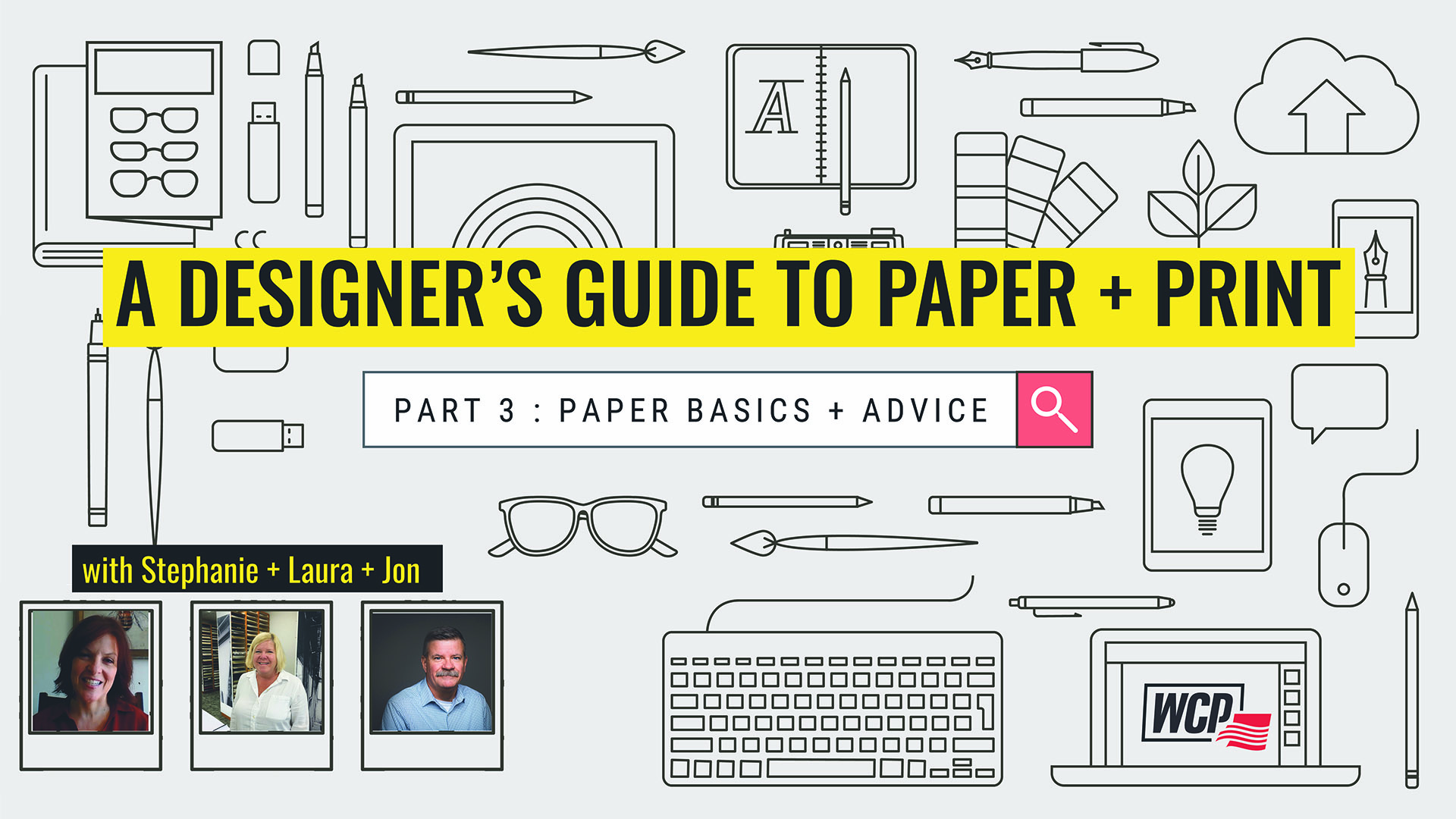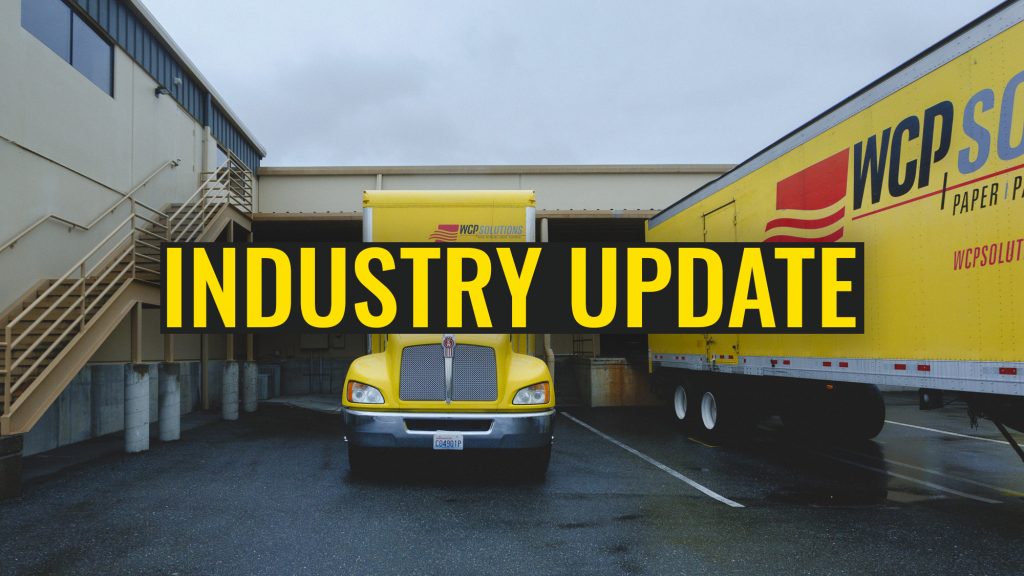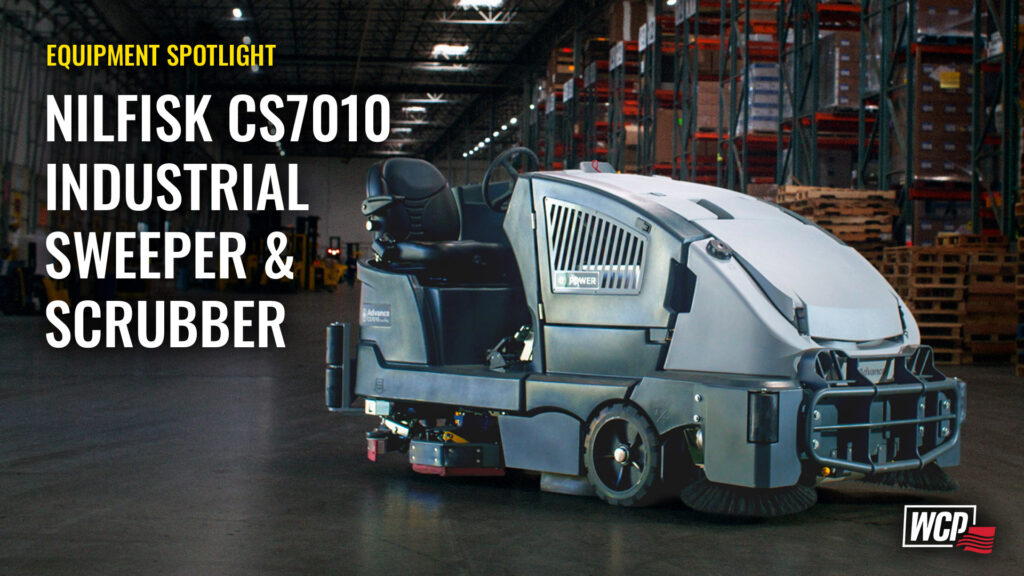A Graphic Designer’s Guide to Paper and Print: Part 3 – Basis Weights, Caliper, Sizes, and General Advice
We love working with local designers to help them create the perfect piece for their clients. We frequently asked questions from the designers in our community about paper and we’ve created a new series to help answer some of those often asked questions. With help from Stephanie, a sales manager in our Kent office and Laura, a paper specialist in Portland, we’re answering all of your questions in a three-part series. Jon Thompson, our VP of Sales, is also joining in on the conversation today to chat about paper. For today’s final Part 3 of the series, we’re discussing the questions we hear a lot regarding paper that we haven’t yet covered in Part 1 and Part 2.
All About Basis Weights, a Beginner’s Version
Jon says… Paper is made to basic sizes and there are 3 common types of paper that we all use regularly. The first is copy paper, also known in the paper world as bond. The second is text paper and the third is cover paper. When paper is weighed, it’s measured in Basis Weights. Basis weight is measured in pounds per 500 sheets based on it’s basic size.
The most basic size of bond paper is 17” x 22”. If you have 20lbs bond paper in its most basic size of 17” x 22” and you have a ream of it (which is 500 sheets), when you weigh it, it would weigh 20lbs. So when you go to the store and you buy yourself a ream of 20lbs copy paper, people always wonder why is it 20lbs? In actuality, it’s 5lbs because that’s a quarter of the 17” x 22” basic size.
The next most common basis weight is for text paper. The basic size for text paper is 25”x 38”. If you have 80lbs text weight in its most basic size of 25” x 38”, and you have 500 sheets of that, when weighed, the basis weight is going to be 80lbs.
The third most common paper type is cover paper and that’s the papers that we are familiar with for business cards or for the covers of a report. They’re very durable and thicker than bond or text papers. If you took that cover paper in its most basic size, which is 20” x 26”, and had 80lbs cover in that weight, it would weigh 500lbs.
The thicker you go with your paper, the higher the basis weight goes.
What about Caliper as a measurement of paper weight?
Jon says… Another terminology to measure paper weight is by Caliper. A Caliper is a measurement used in the paper world for measuring the thickness of paper. The higher you go in basis weight, typically the thicker it gets and hence the thicker Caliper it gets as well.
While most papers that we all use today are measured in basis weights, board paper is measured in Caliper. Paperboard is not corrugated, it’s a thick paper like a band aid or cereal box. Board paper is weighed in Caliper specifically because it’s made into boxes and the equipment used to make those boxes needs to make sure that the Caliper is consistent.
Caliper is measured in thousands of an inch or mils. To put that in perspective, a typical business card that most people use is an 80lbs cover weight in basis weight, which hits around 8 or 9 points in Caliper.
All About Different Paper Sizes
Jon says… This is a question that comes up a lot so let’s break it down into categories. The first category is cut sizes and that’s probably most commonly used. Cut sizes are typically 8.5” x 11”, 8.5” x 14” and 11” x 17”.
There are also different digital sizes of paper that have popped up over the last 10 years. The digital sizes go beyond 11” x 17” and they’re typically not used at home but rather in a commercial print shop setting on printing equipment. The most common sizes in the digital world are 12” x 18”, 13” x 19” and 14” x 20”.
The next group of paper sizes is known as parent sheets. Also known as folio sizes, there are about six different sizes typical in this category. The standard sizes include: 17.5” x 22.5”, 19” x 25”, 23” x 35”, 25” x 38” and 28” x 40”.
Paper mills make paper and when it comes off the end of the machine, it’s made into a roll format. From there, the master roles go to machines that cut it into usable sizes for the paper sizes we use on a daily basis and ultimately end in standard cut sizes.
If for some reason, the standard sizes don’t work for your project, there are also custom sizes of paper available on the market. Sometimes a project that you have involves a lot of paper and the stock size allows too much paper waste. In that case, there are a couple of different ways we can do custom paper sizes. The first is ordering it directly from the paper manufacturer as long as it meets the minimum quantity requirements, which can be as low as 2,000lbs of paper.
The other option is to do it in-house at WCP. We have a paper sheeter and are able to do custom sheeting for our customers here in the Pacific Northwest. We keep a roll bank of various papers on the floor and if you have the need for custom paper sizes on your next project, we’d love for you to reach out to us and give us a try! By using a custom size paper, your project will lay out on that paper with a minimal amount of waste and it can save you a lot of money.
Can you match paper to a Pantone Color?
Laura says… A lot of designers creating a custom color palette for their client might be looking to see if we can match paper to a Pantone color. Specific Pantone colors are difficult to match in paper because there are thousands of Pantone colors to choose from. If you want a paper substrate to match a Pantone color, we can find a paper that’s close and send out samples to the customer to see if they like it. For a large quantity we can work with our text and cover mills, Neenah or Mohawk, who can do custom colors typically for 10,000-20,000 pounds for manufacturing.
Definitions of Packaging Board Grades
SBS – Solid Bleached Sulfate – A medium density board made from short hardwood fibers and manufactured domestically with an ultra-smooth surface
CUK – Coated Unbleached Kraft – Made from long softwood pine fibers, resistant to tears, punctures and crushing
CCLB – aka CCNB – Clay Coated Light Back – Made with 88% post-recycled content, with excellent stiffness at an attractive price point
Coated Cover – Made from a softwood fiber with an ultra-smooth surface
All About Paper Finishes and Textures
Laura says… Paper finishes and textures are really popular right now, especially as a single component of a piece or to accent a section of collateral.
For all designers, samples are important because even a slight difference in feel of paper can determine which paper choice you ultimately end up making. There are so many different options in uncoated papers. Some people might prefer a super smooth sheet or maybe something with a little more tooth that feels organic, like vellum. There are also papers with really interesting textures on the market including Techweave from Neenah’s Textures to Mohawk’s Curious Matter that feels like a starchy potato.
In coated papers, you have options for a high gloss sheet like a Kromekote that mimics a chrome surface or an everyday gloss like magazines. There are sheets that are silk or dull surfaces that elude elegance to something really flat matte surface that might resemble an uncoated paper.
For more finish and texture options, get in contact with us today to get paper samples in order to see, feel, and touch options you’re considering for your project. We’re here to help make your paper decisions for your next project!
Advice for Designers Working with WCP Solutions for the First Time?
Laura says… Designers can contact us through our website where you can do an online request or you can call the sample department to get in direct touch with us at (503)228-6561 extension 4136.
A lot of creatives just starting out don’t know that they have access to paper swatch books and flat sheet samples for free here in our Sample Rooms in Portland and Seattle. You can also come into our sample departments to see print pieces to inspire and educate. We’d love to help you out on your next design or packaging print project!
Stephanie says… Our Sample Departments house hundreds of ideas for your printed projects. Not only do we have flat samples of all the papers we stock, our shelves are filled with idea generators and promotions produced by the paper mills. Are you interested in die-cutting ideas for your project? Or are you considering using foil on the cover? Perhaps you’d like some packaging ideas that can be produced on a digital press. Whatever you’re working on, we’ll have samples you can feel and touch to inspire your design.
Once your project starts to take shape, reach out to us for any samples you need for mock-ups and testing. We can provide you lead time for the paper as well. A little planning will ensure your project is produced successfully.
Start your next print design with a call to your WCP Rep. We’ll provide the inspiration and the tools you need for success from start to finish.


